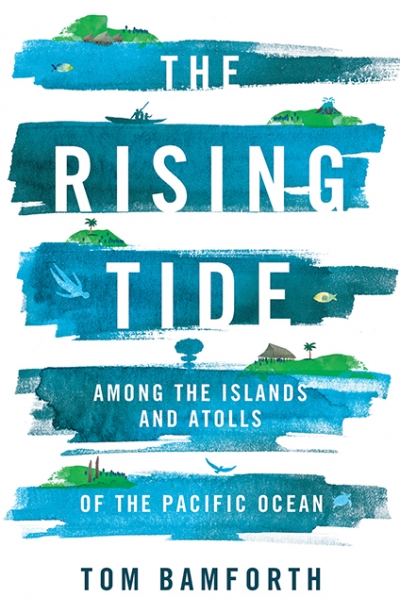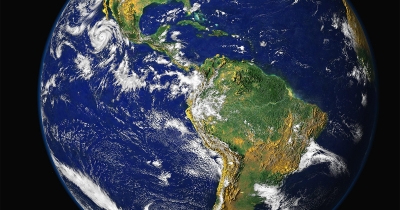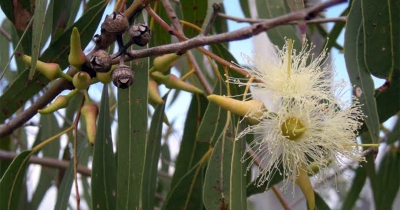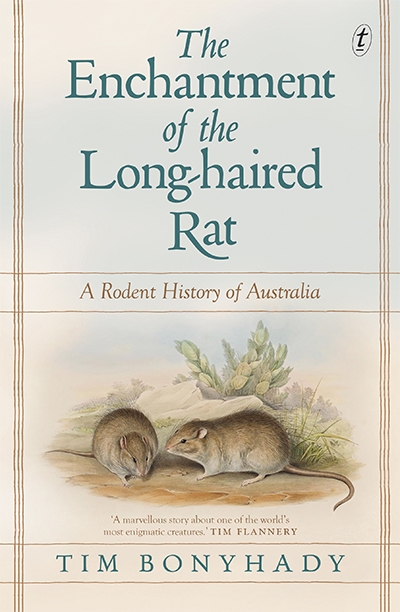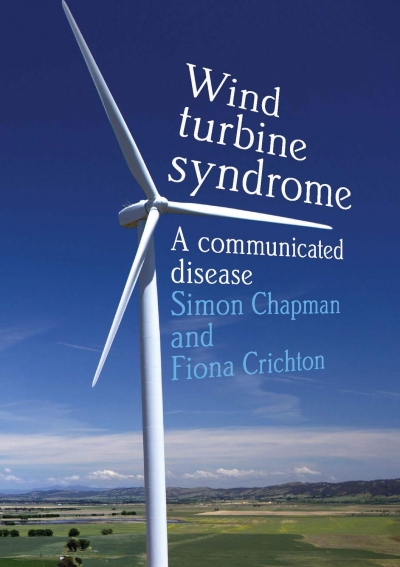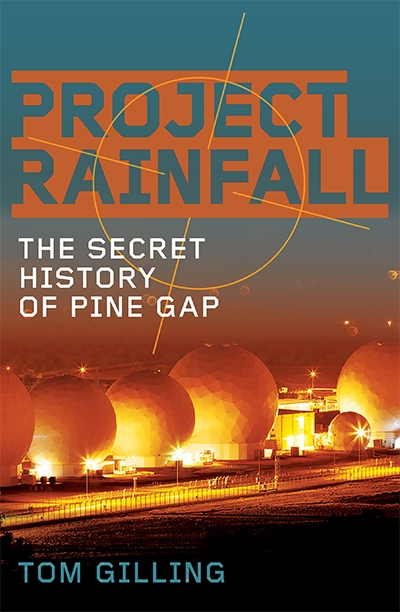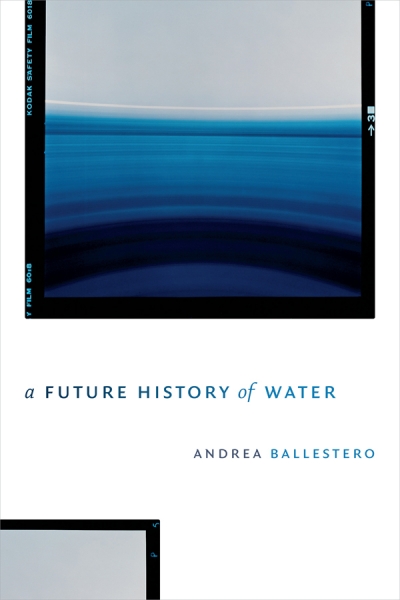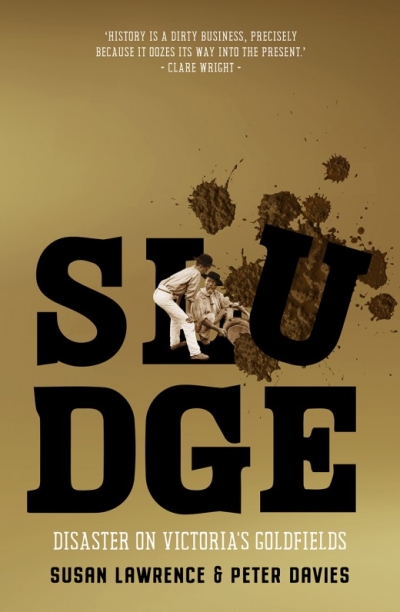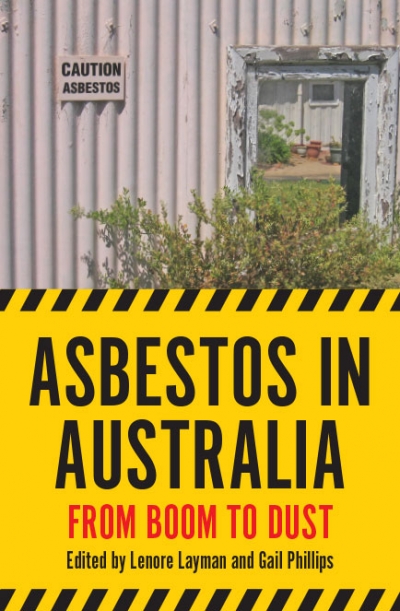Environment and Climate
The Rising Tide: Among the islands and atolls of the Pacific Ocean by Tom Bamforth
‘We’ll be going this earth’: an environmental survey
To complement the reviews and commentaries in our Environment issue, we invited a number of writers and scholars to nominate a book that will give readers a better appreciation of the environment.
... (read more)The Australian outback has long been a muse for artists and storytellers. Australian flora – including the iconic eucalypt in its many forms – has the ability to tell a story about cultural identity and our rich history with the land. This extends to our urban landscape, with native plants common throughout our bustling city streets and parks – they can transf ...
The Enchantment of the Long-haired Rat: A rodent history of Australia by Tim Bonyhady
Wind Turbine Syndrome: A communicated disease by Simon Chapman and Fiona Crichton
Project RAINFALL: The Secret History of Pine Gap by Tom Gilling
A Future History of Water by Andrea Ballestero & Anthropogenic Rivers by Jerome Whitington
Sludge: Disaster on Victoria’s goldfields by Susan Lawrence and Peter Davies
Asbestos in Australia: From boom to dust edited by Lenore Layman and Gail Phillips
Many climate activists and scientists are becoming desperate. They have devoted decades to warning the world of the danger of climate change and to forging solutions. But nothing has worked. No climate report or warning, no political agreement, no technological innovation has ...
... (read more)
